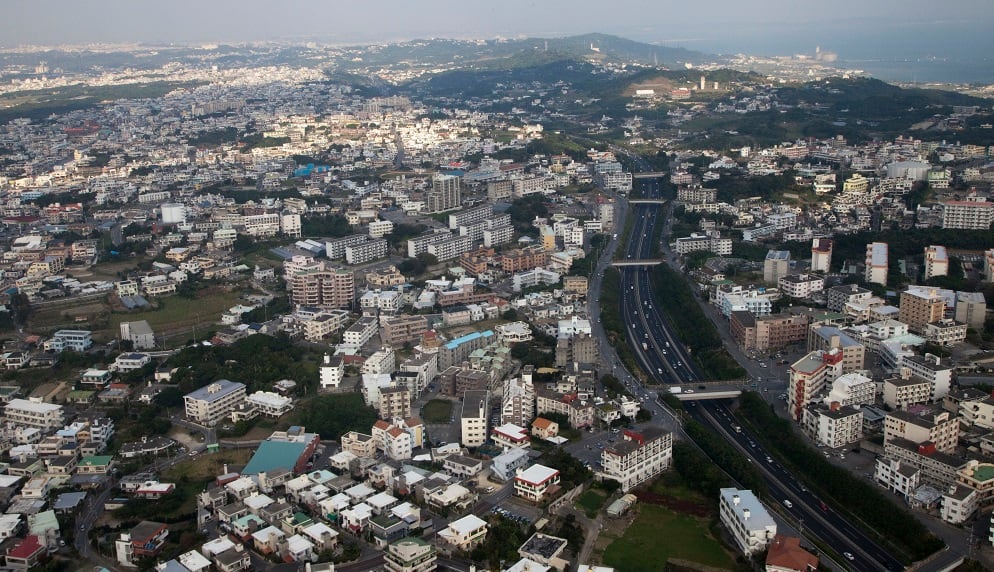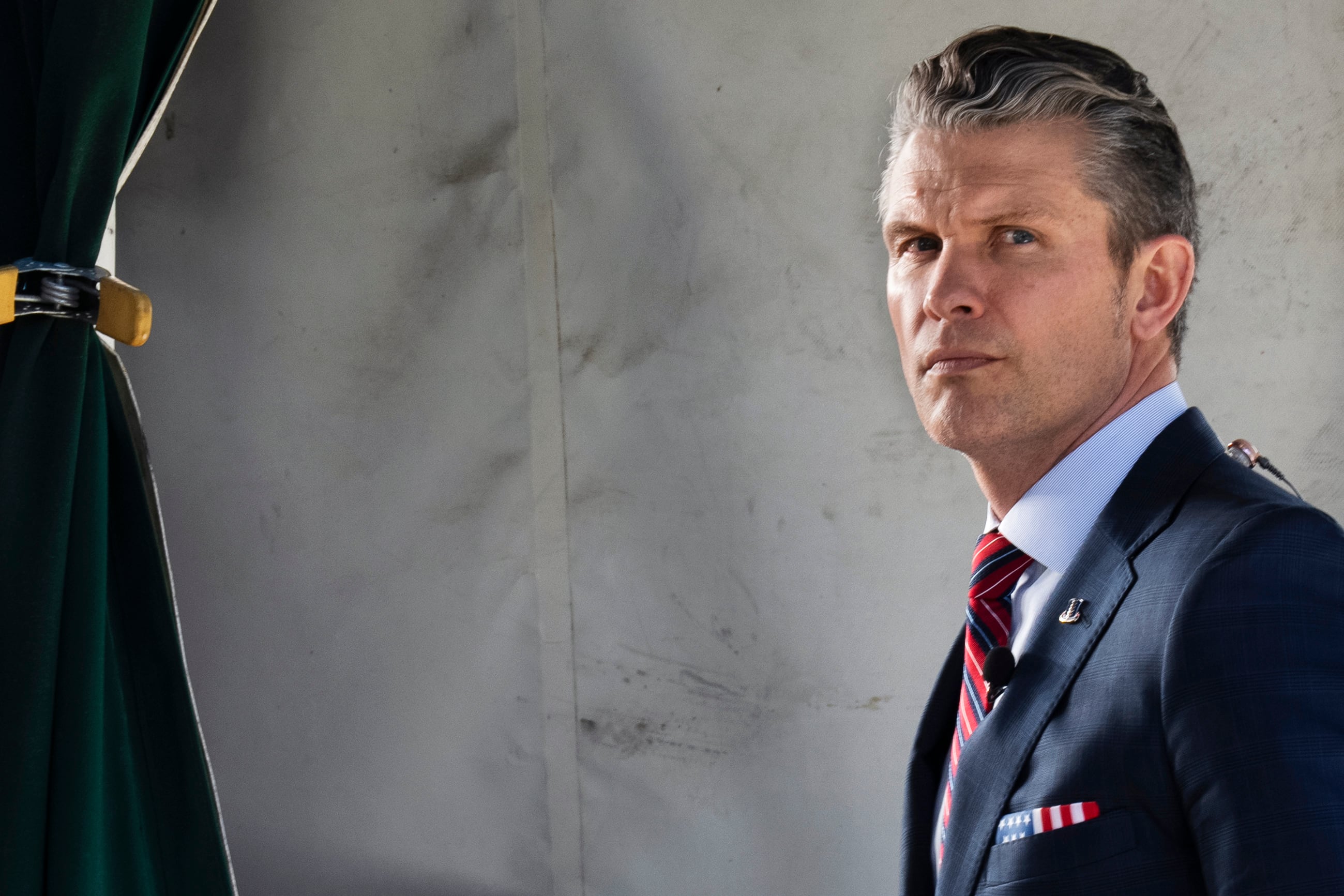The strained relationship between Okinawa’s local populace and the region’s U.S. military occupants is well-documented.
Forward-deployed Marines drew the ire of locals once again in December, when a 3-foot-by-3-foot window from a CH-53E Super Stallion fell off of the helicopter as it flew over Futenma Daini Elementary School’s play area near Marine Corps Air Station Futenma. About 50 children were playing outside at the time — one sustained minor injuries.
Only a week prior, on Dec. 7, media outlets reported a small object fell from another Super Stallion and struck the roof of a Japanese nursery school. Yet another structural gaffe occurred in late November, when an Air Force F-35A lost a panel about 65 miles east of Okinawa.

Such a trend caused concern for all involved parties.
“We take this report extremely seriously and are investigating the cause of this incident in close coordination with local authorities,” a December statement from III Marine Expeditionary Force said.
But it turns out the Okinawa government doesn’t perceive the Marine Corps to be taking the forecast of cloudy with a chance of Super Stallion parts seriously enough.
On Tuesday, the Okinawa government announced the construction of shelters on the premises of schools, including Futenma Daini, to protect schoolchildren from random metallic or glass objects plummeting from above.
“There will be four emergency shelters — two at playgrounds and two at other locations,” Masashi Katsuren, an Okinawa Defense Bureau spokesman, told Stars and Stripes.
Futenma Daini closed its playground following December’s Super Stallion window strafing, and since reopening in February, staff have sent children indoors whenever U.S. aircraft are in the vicinity, Stripes reported. Over 200 student evacuations took place over the course of February and March, the Okinawa Times reported.
“We are somewhat relieved that with two shelters in the playground, we can shorten the evacuation time and resume the physical education class quickly,” Kenji Arakawa, the elementary school’s vice principal, told Stars and Stripes.
Construction is expected to be completed by the time the students return from summer break, Stripes reported.
The schism between U.S. military personnel and their hosts hasn’t been the sole product of rogue pieces of aircraft falling from the sky, however.
In March, Lance Cpl. Nicholas James-McLean pleaded guilty to the drunk driving death of a 61-year-old Japanese man. In May, Marine Cpl. Mauricio Ambriz Camacho was driving in Nago city when he reportedly struck and killed a 45-year-old Japanese motorcyclist. And only weeks later, Marine Sgt. David Hardy reportedly hit and killed 63-year-old Morio Sakumoto, who was sleeping in the roadway.
No alcohol was involved in the Camacho or Hardy incidents, reports said.
J.D. Simkins is the executive editor of Military Times and Defense News, and a Marine Corps veteran of the Iraq War.





